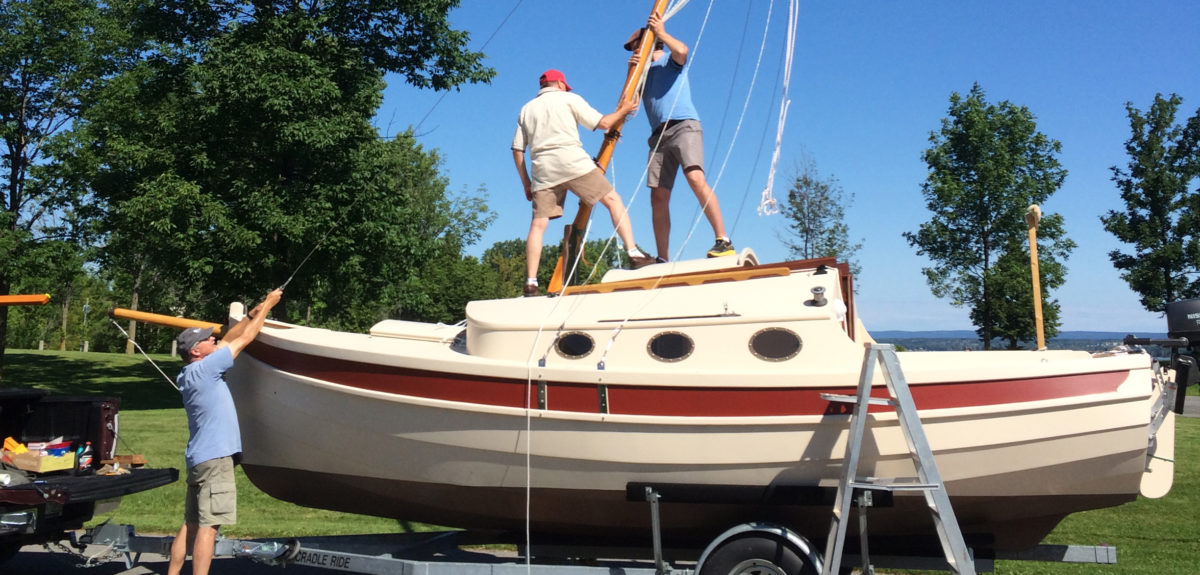
Small Boats Annual 2017December 2015
Penguin
The comforts of home in a 21' trailer yacht

Small Boats Annual 2017December 2015
The comforts of home in a 21' trailer yacht
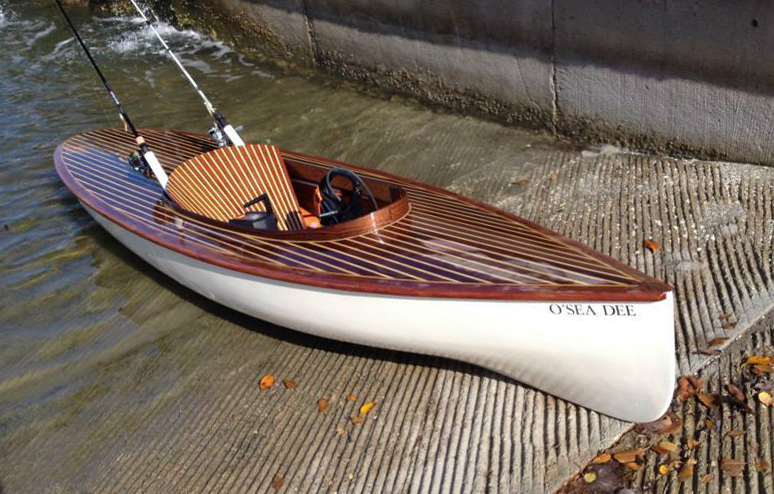
November 2015
A kayak fisherman's fantasy
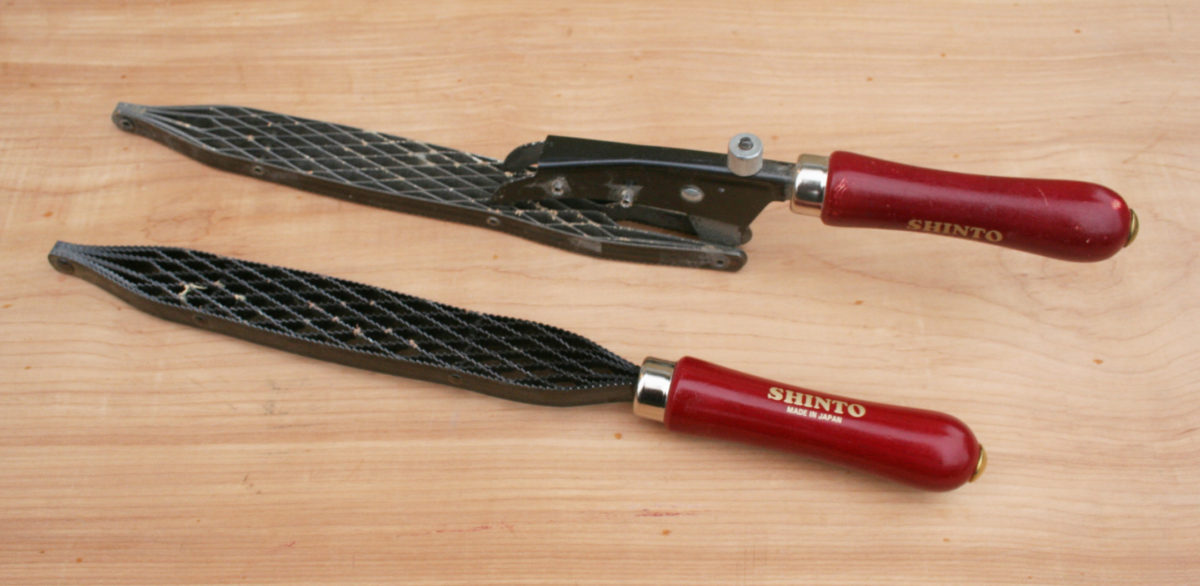
November 2015
Sharp-toothed tools
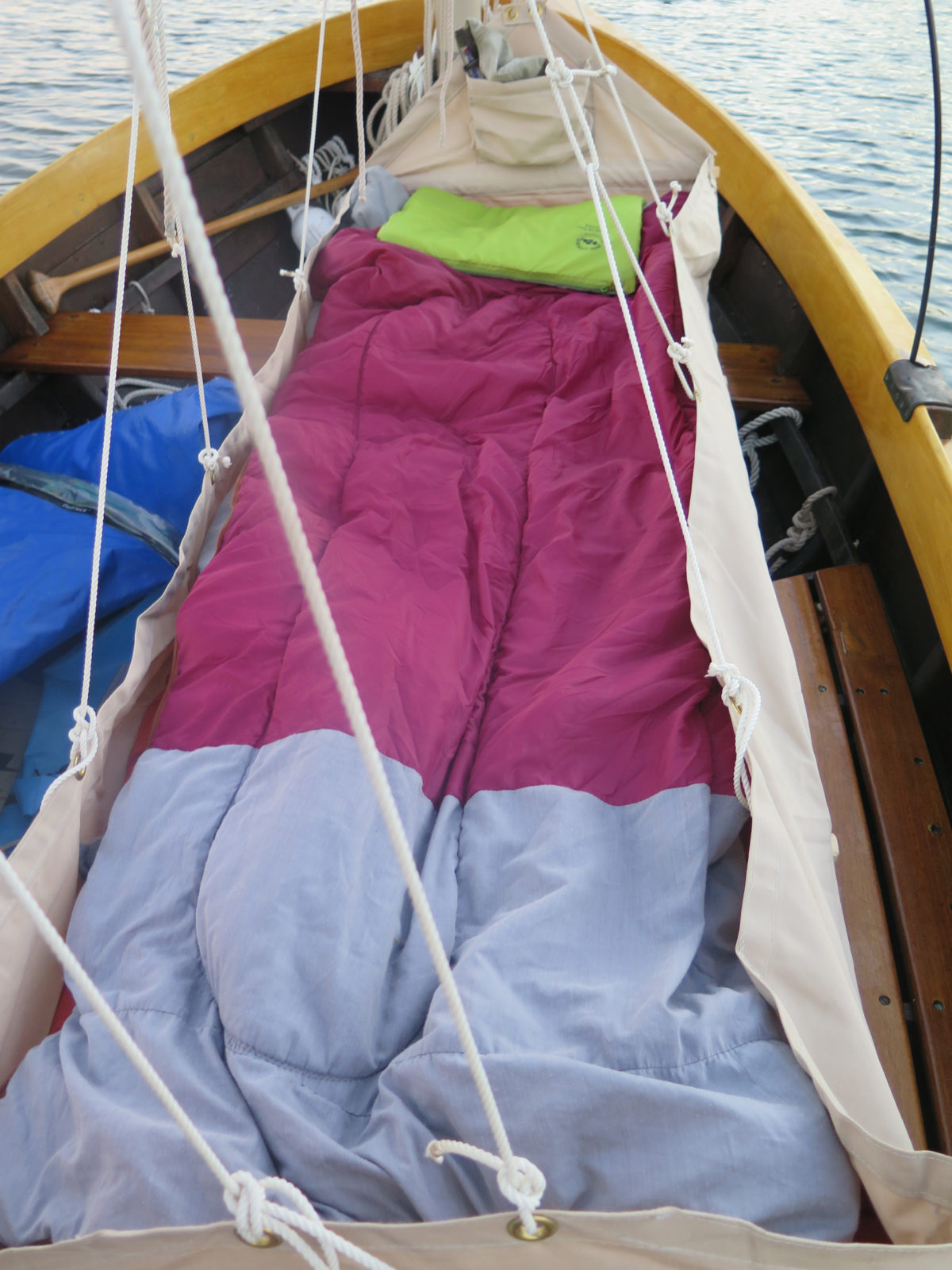
Small Boats Annual 2017November 2015
Simple comfort built around a camping pad

November 2015
Following John Wesley Powell through the Grand Canyon
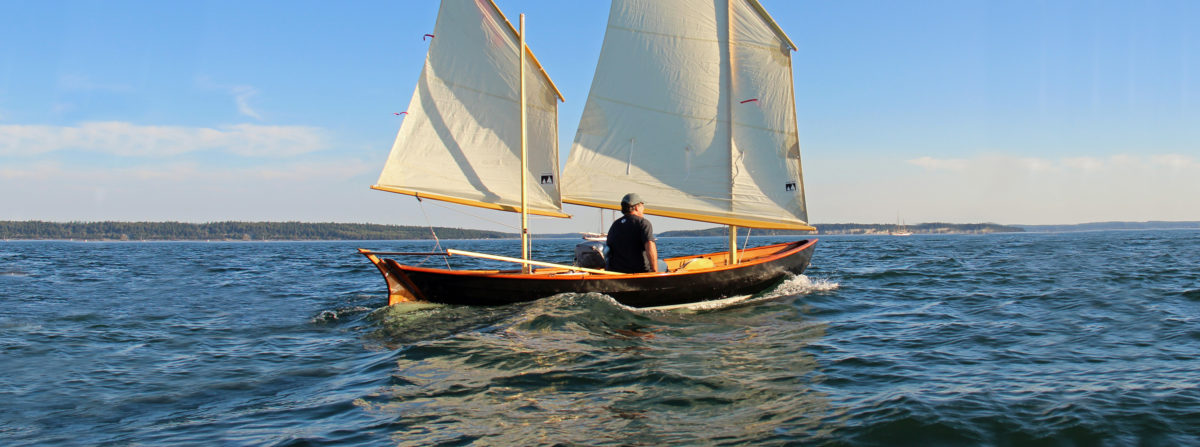
Small Boats Annual 2017November 2015
A dory for sail, oars, and outboard
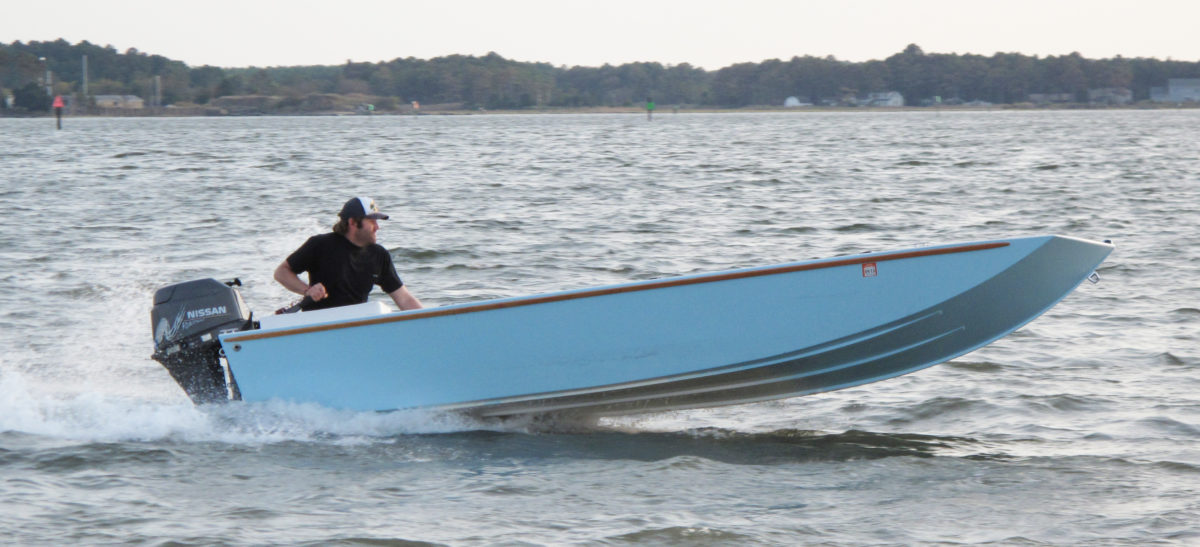
Small Boats Annual 2017November 2015
A versatile fisherman-friendly outboard
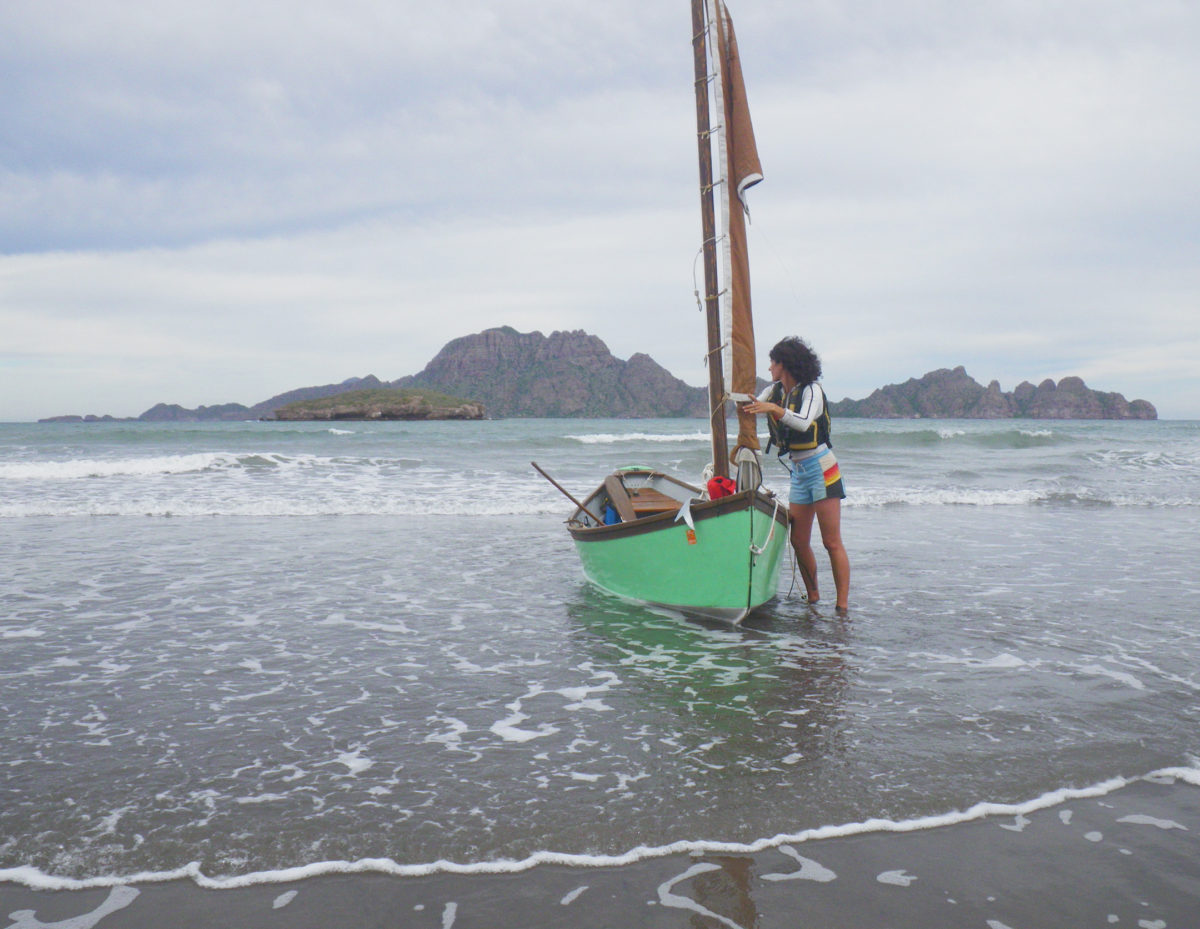
October 2015
Rowing and sailing the Sea of Cortez
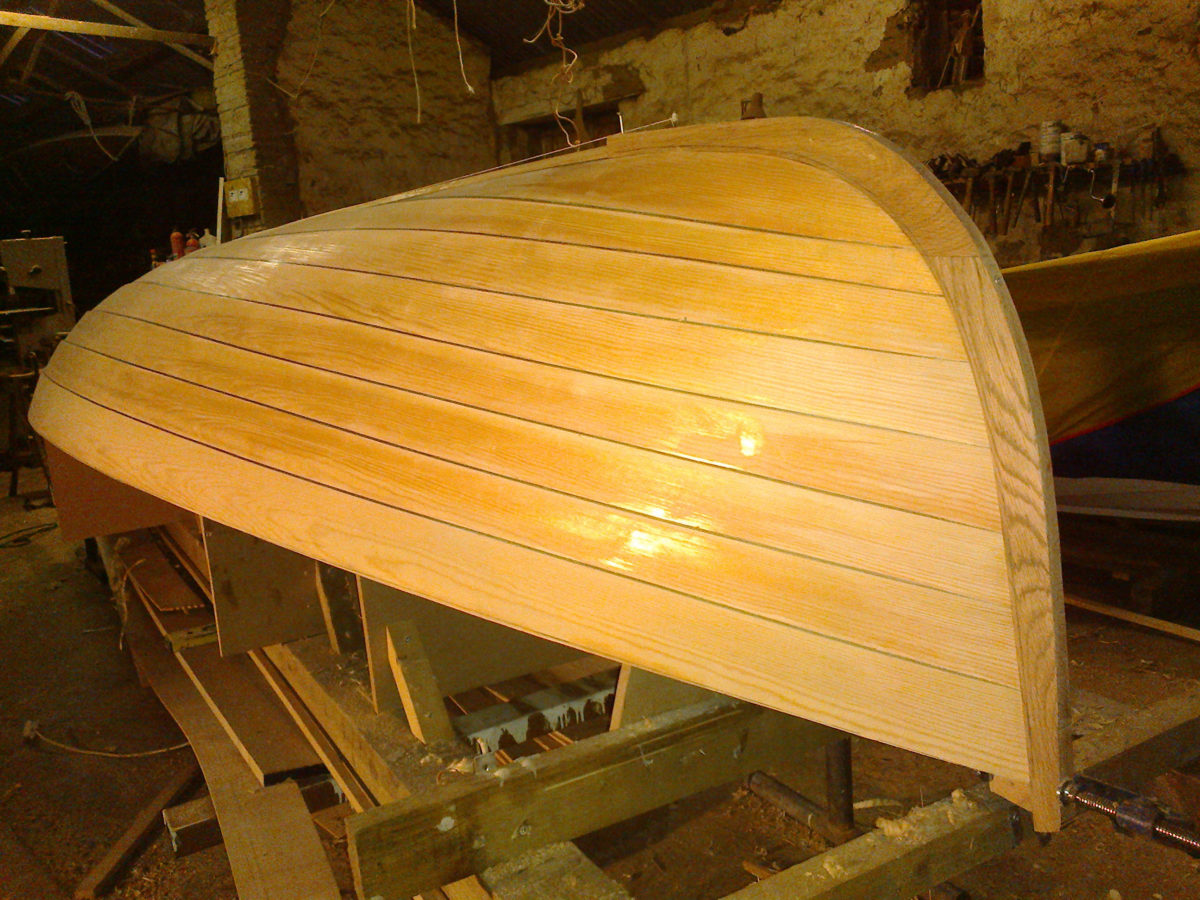
October 2015
A Gartside rowing skiff made of an unusual wood
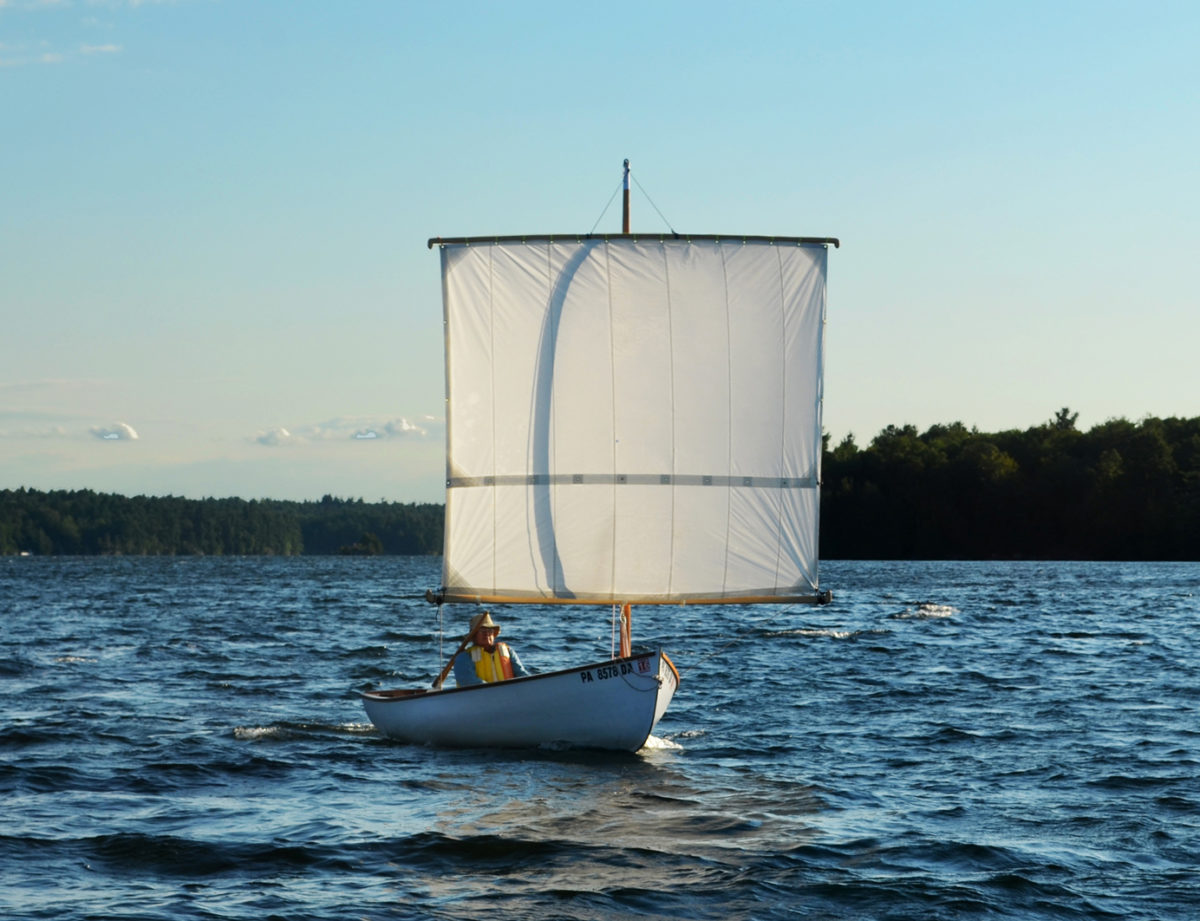
October 2015
An update for an ancient rig
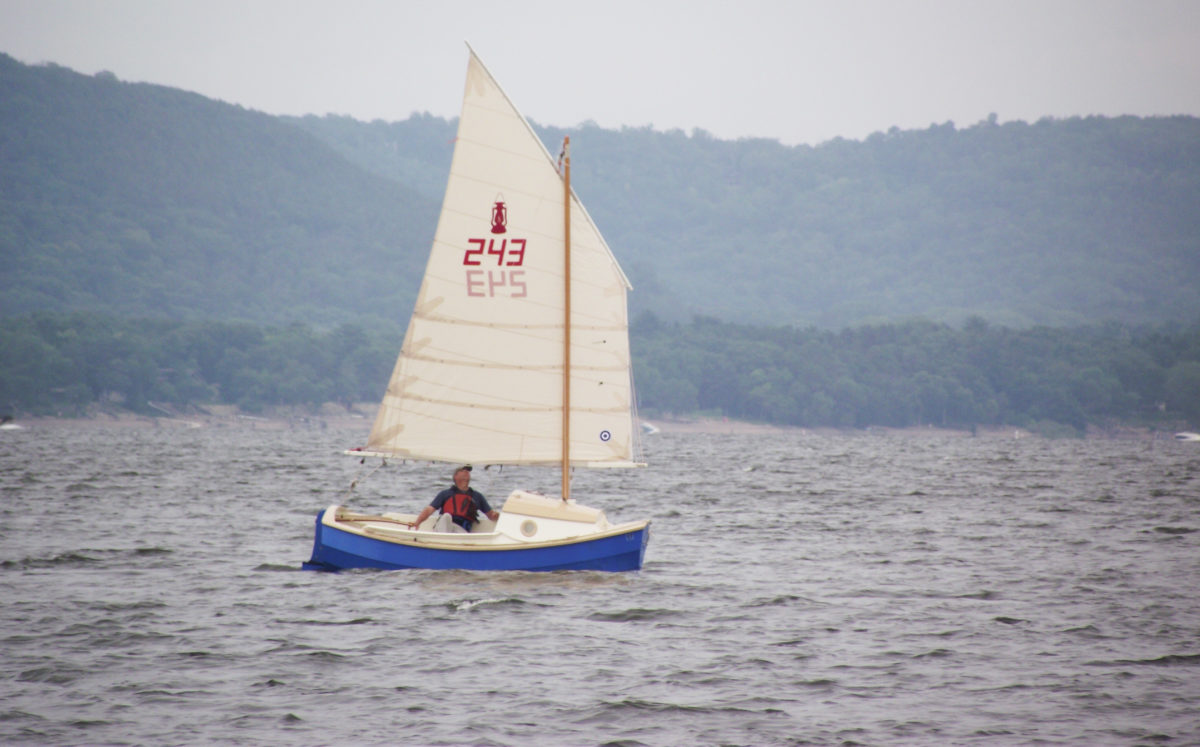
Small Boats Annual 2016October 2015
A little camp cruiser for big dreams
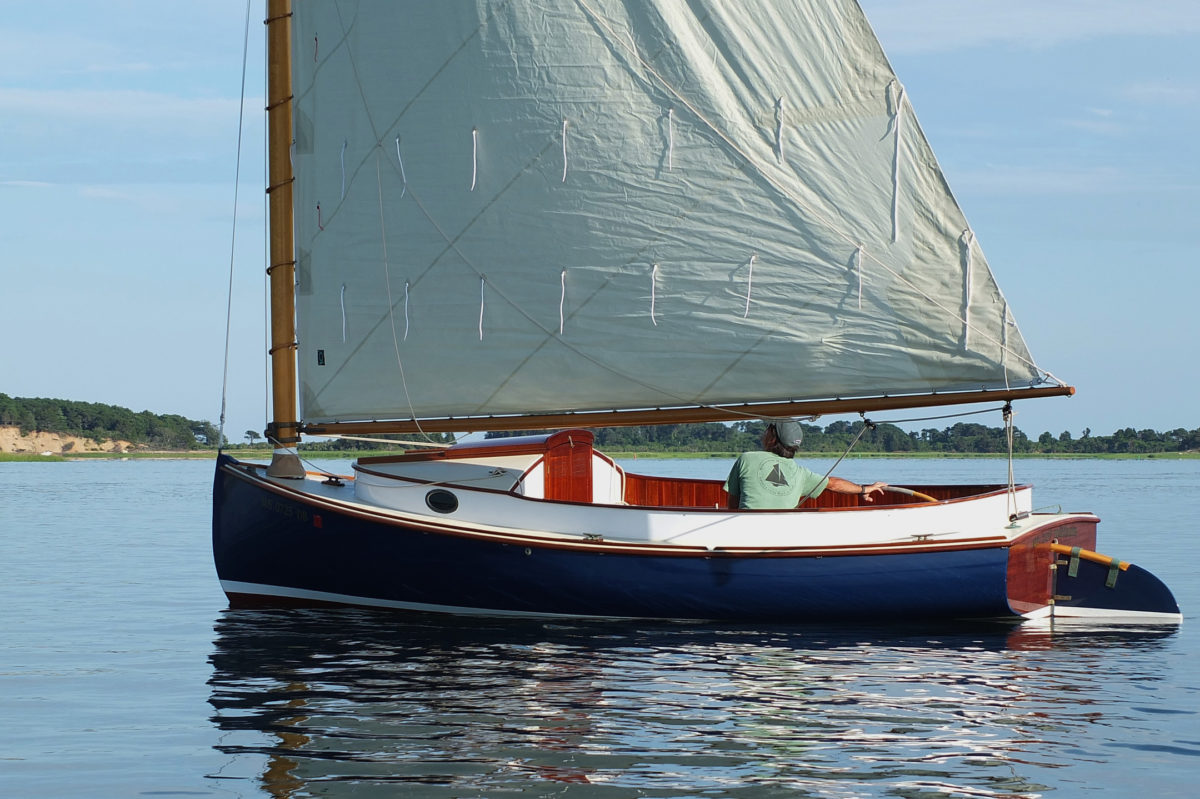
Small Boats Annual 2016October 2015
Born by a beautiful bay
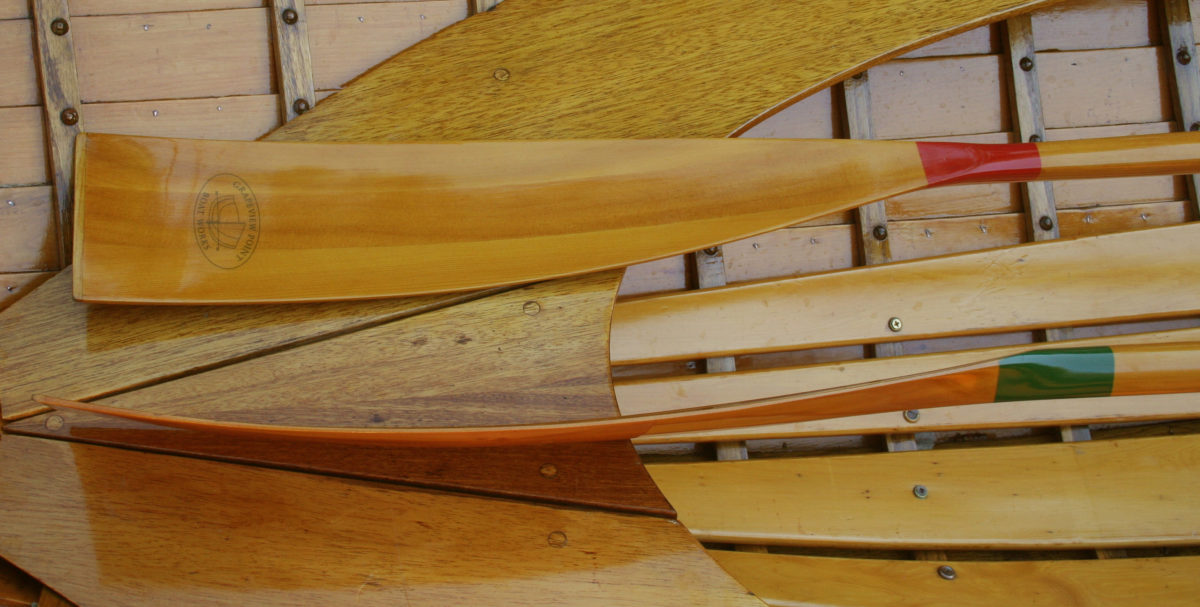
October 2015
Proper oars for pleasurable rowing
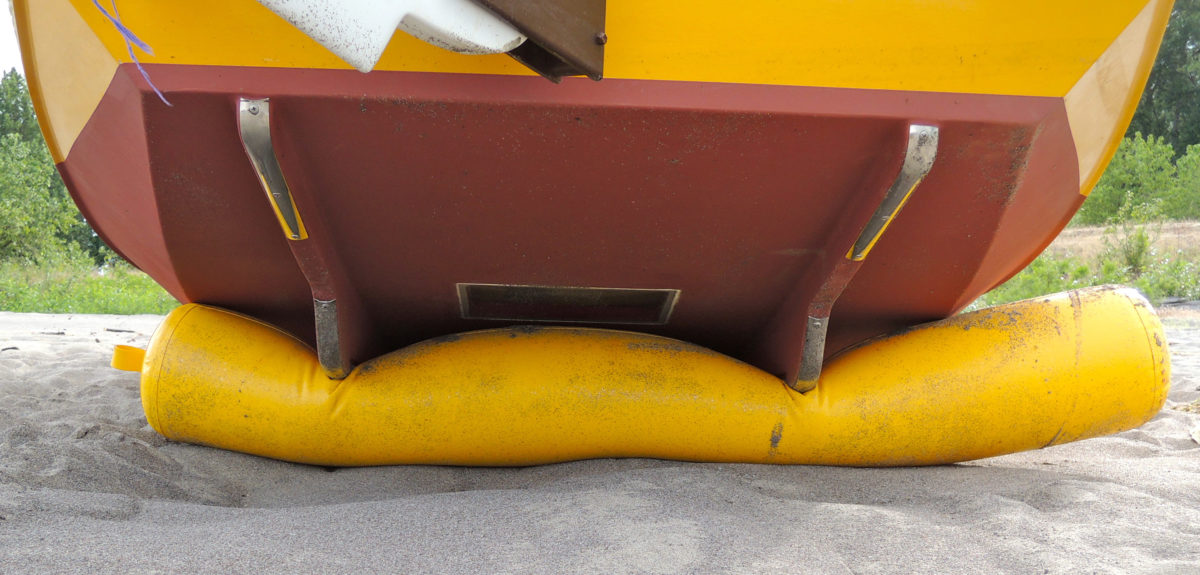
October 2015
Moving heavy loads over soft surfaces
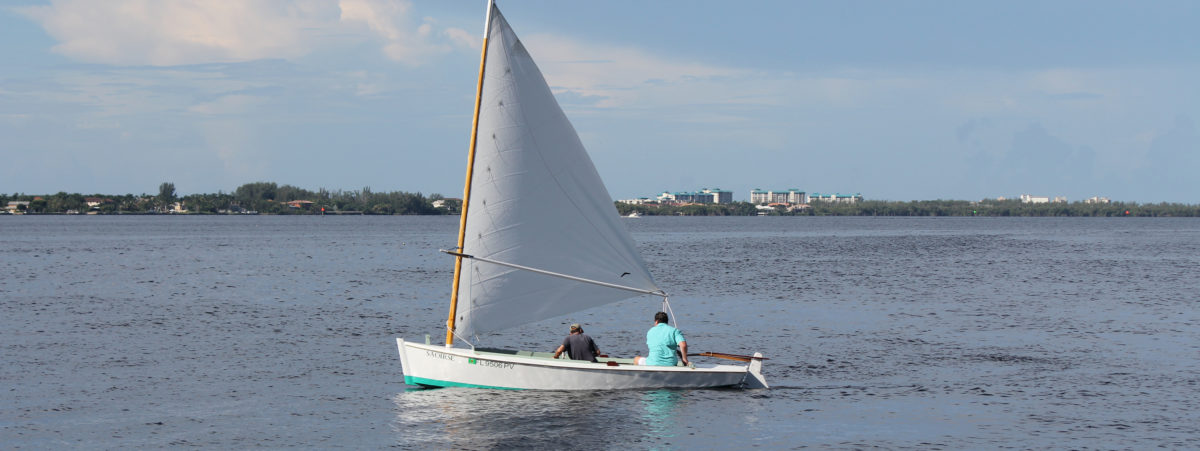
September 2015
A sharpie skiff
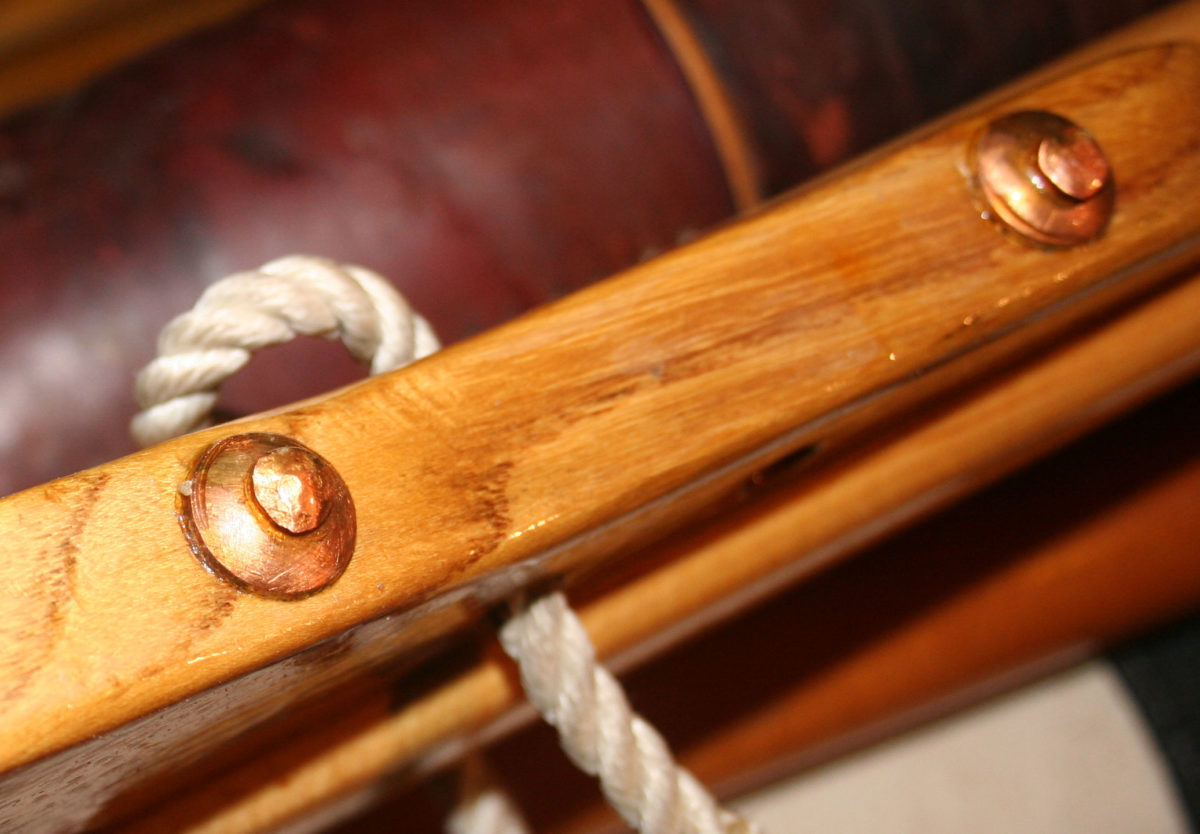
September 2015
Hammering common copper into shape
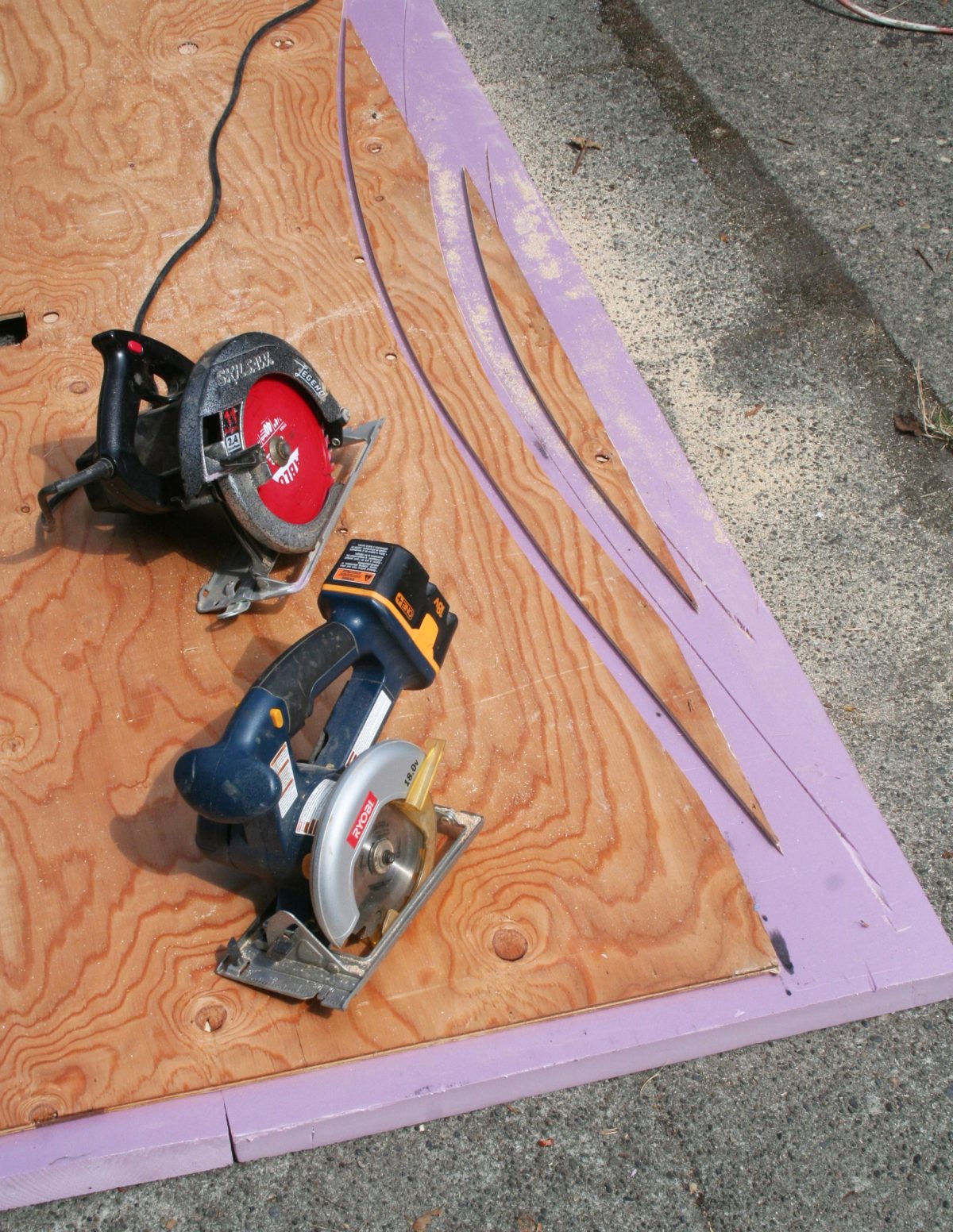
Small Boats Annual 2016September 2015
Sawing plywood made easy
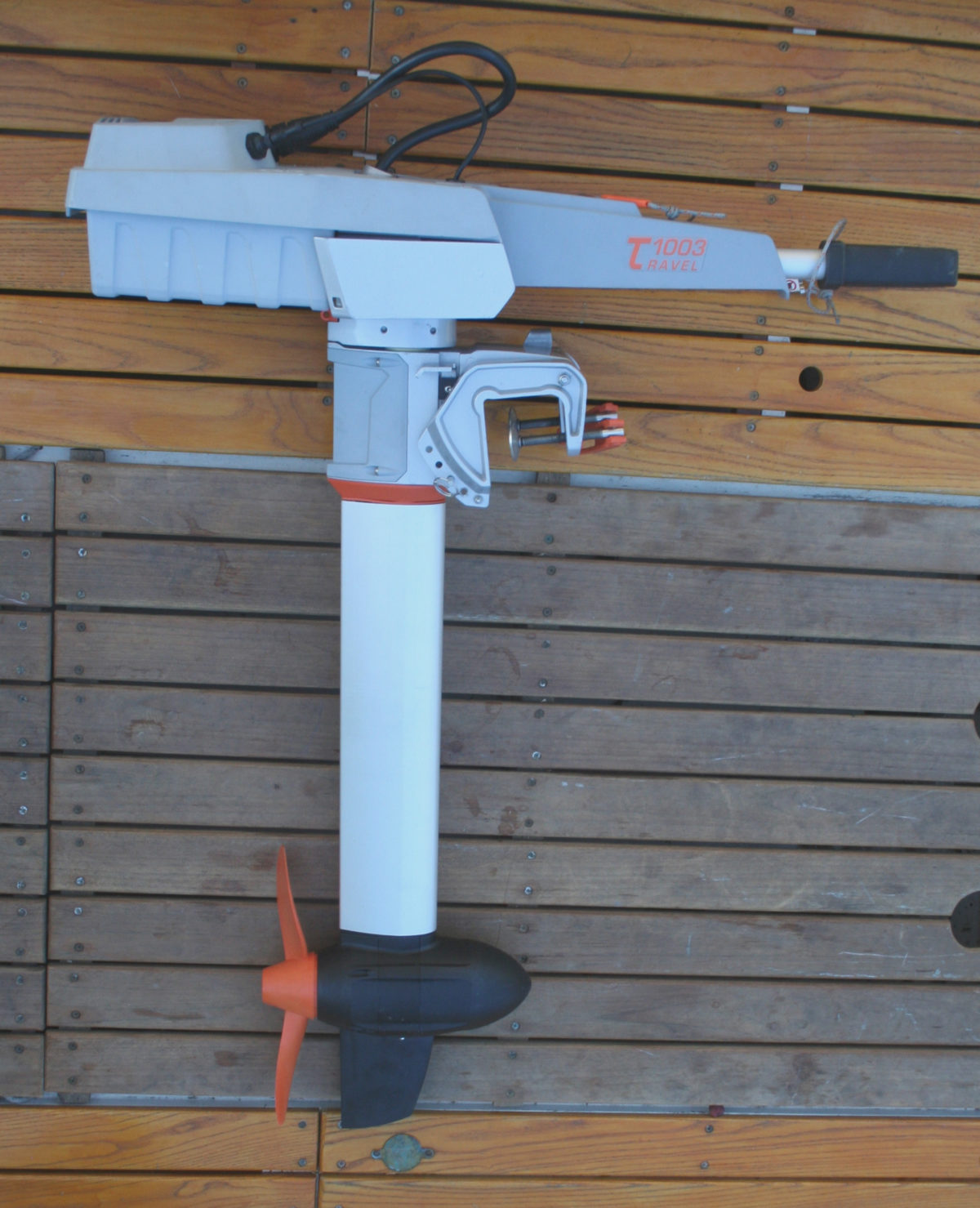
September 2015
Clean, quiet outboard power
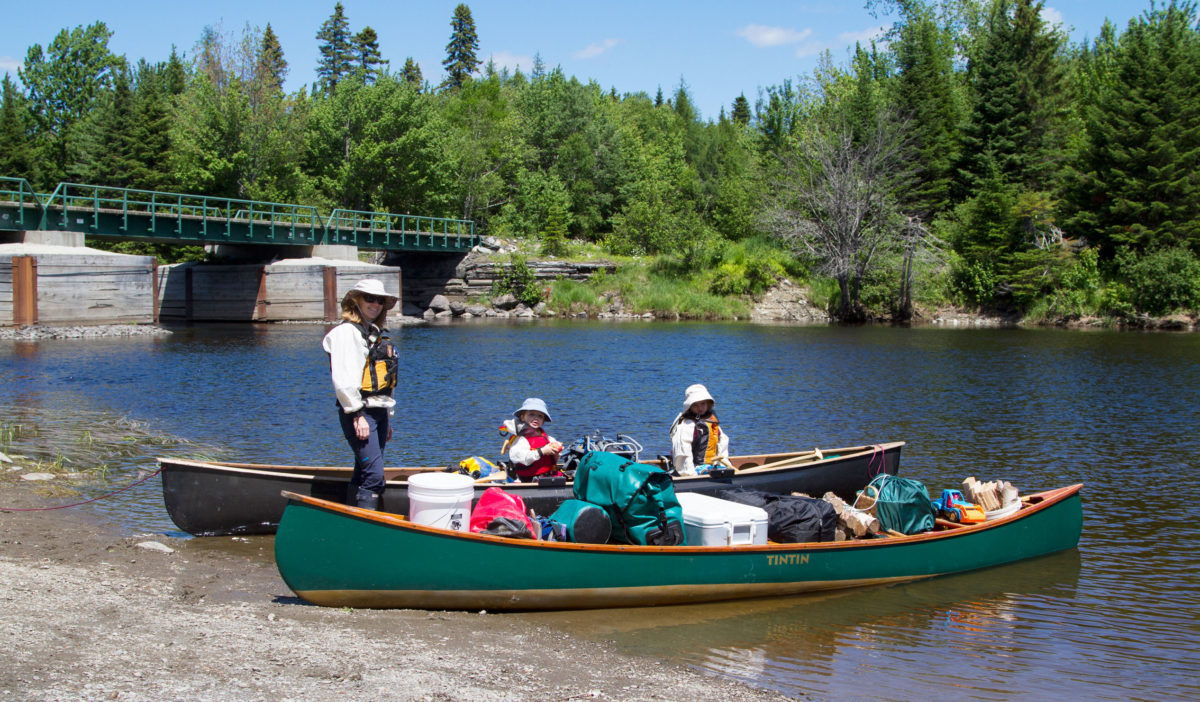
September 2015
Canoe camping in northern Maine
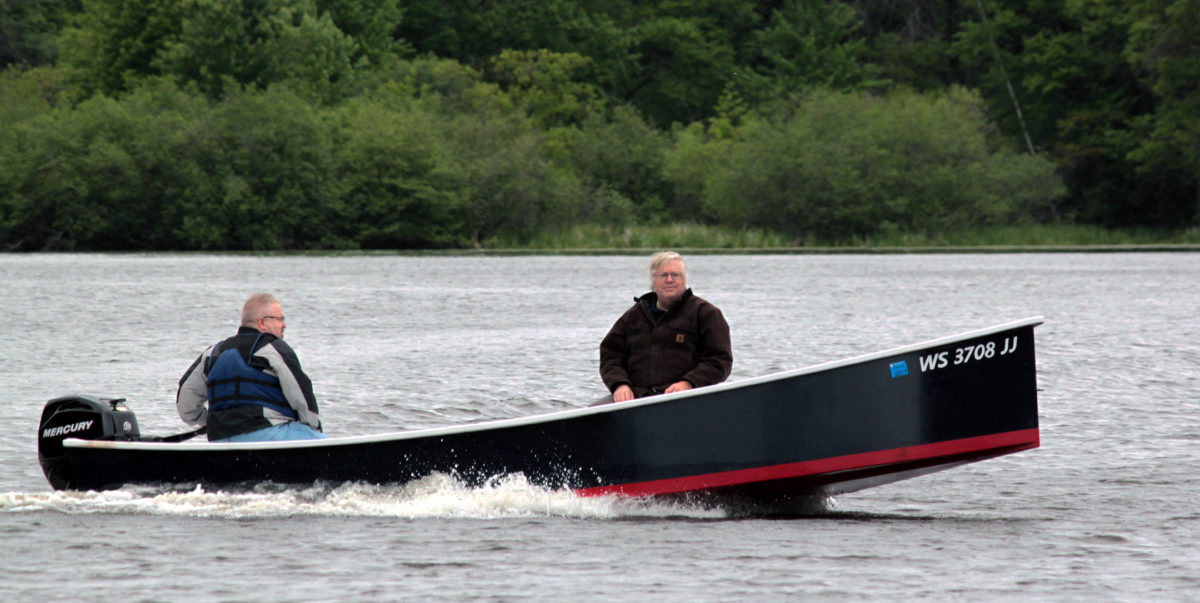
Small Boats Annual 2016September 2015
A Bolger-designed workboat
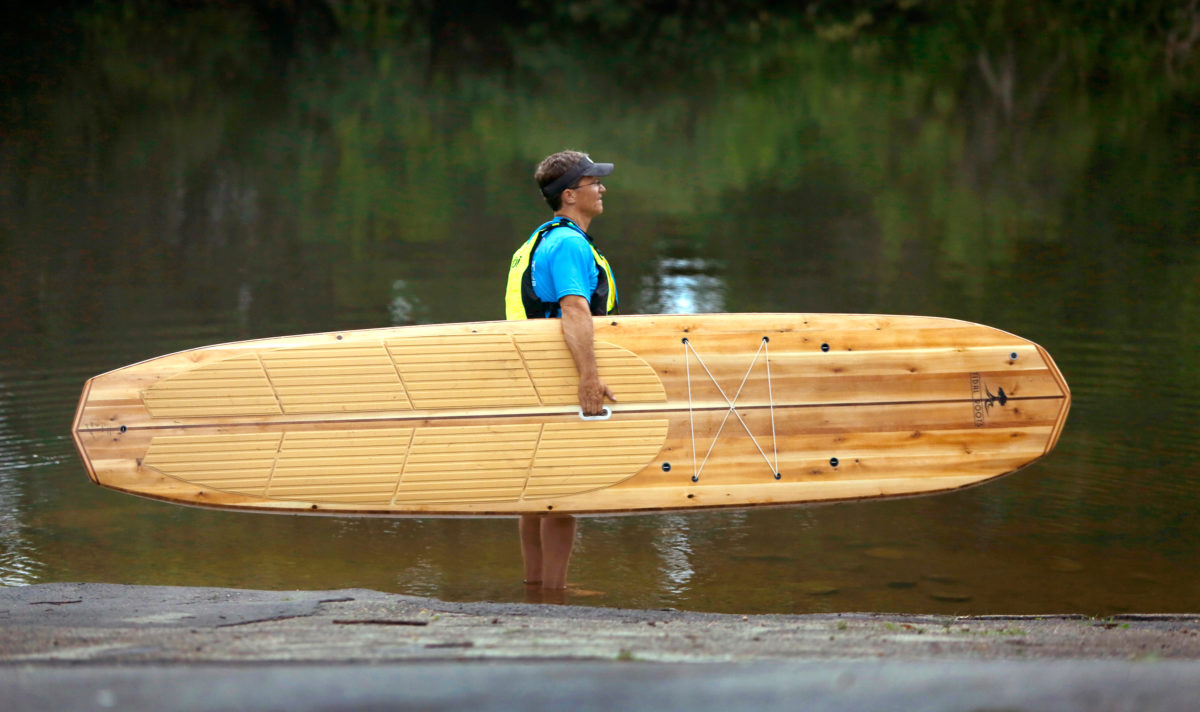
Small Boats Annual 2016September 2015
A Maine-built cedar SUP board

August 2015
A customized Caledonia yawl
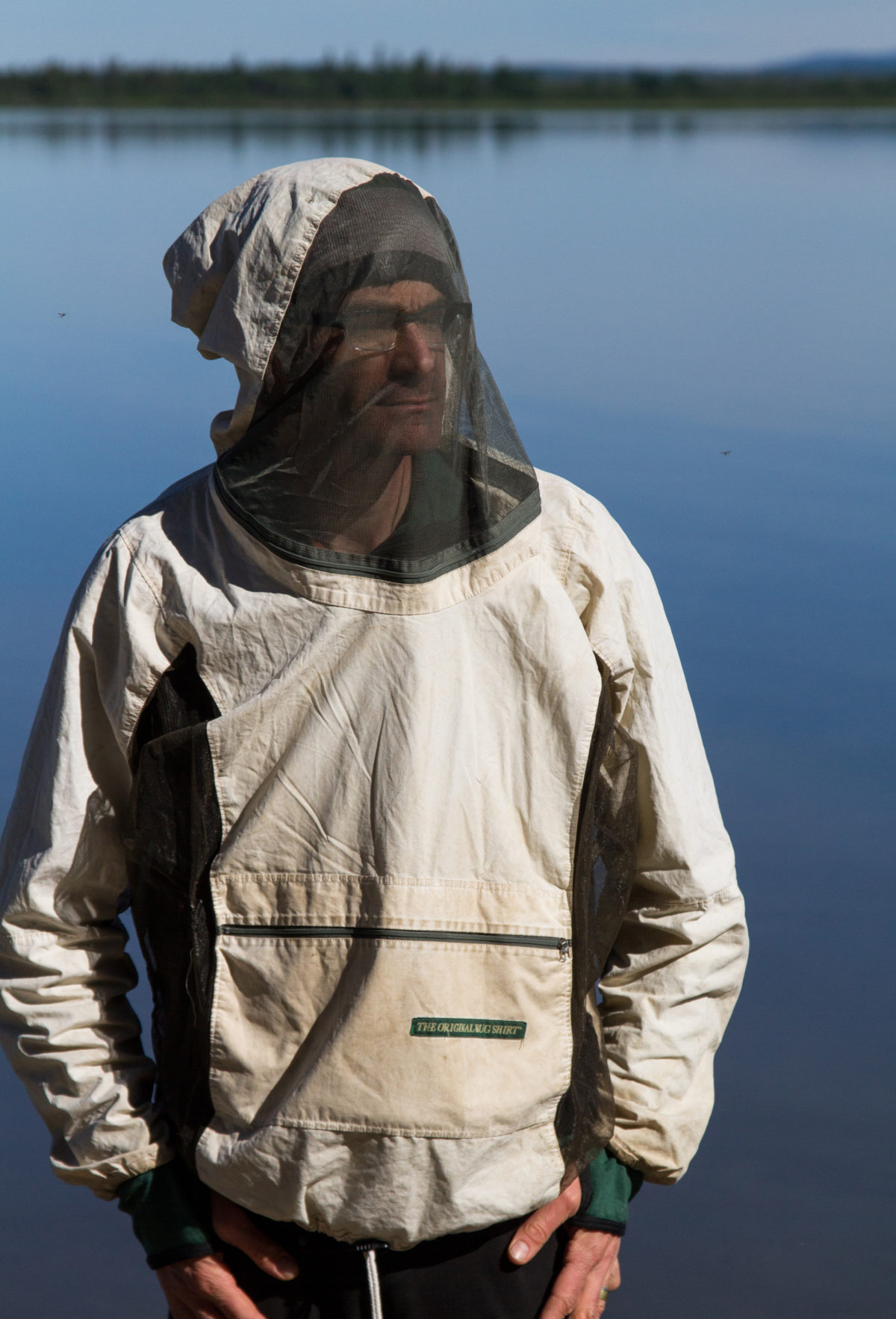
August 2015
Armor against airborne arthropods
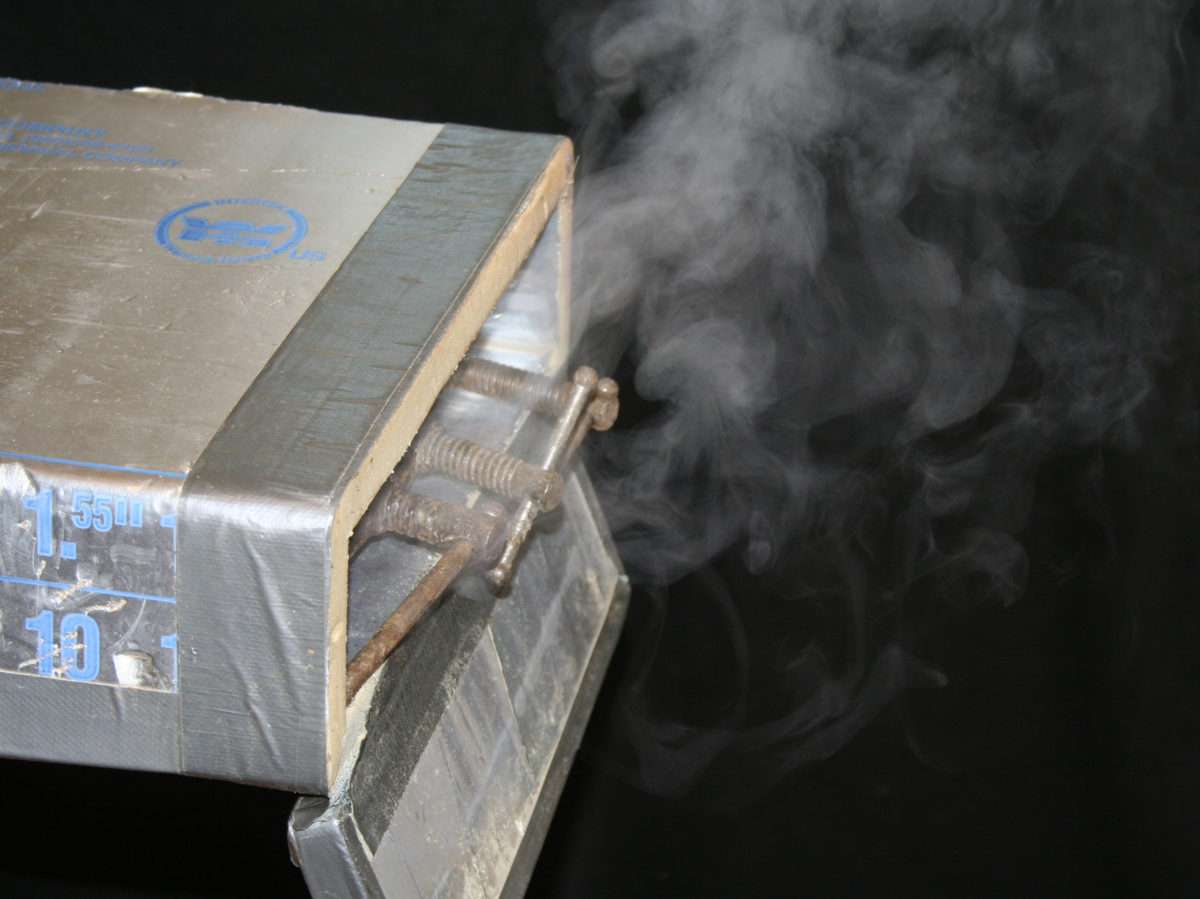
August 2015
Cleaner clamps and faster clamping
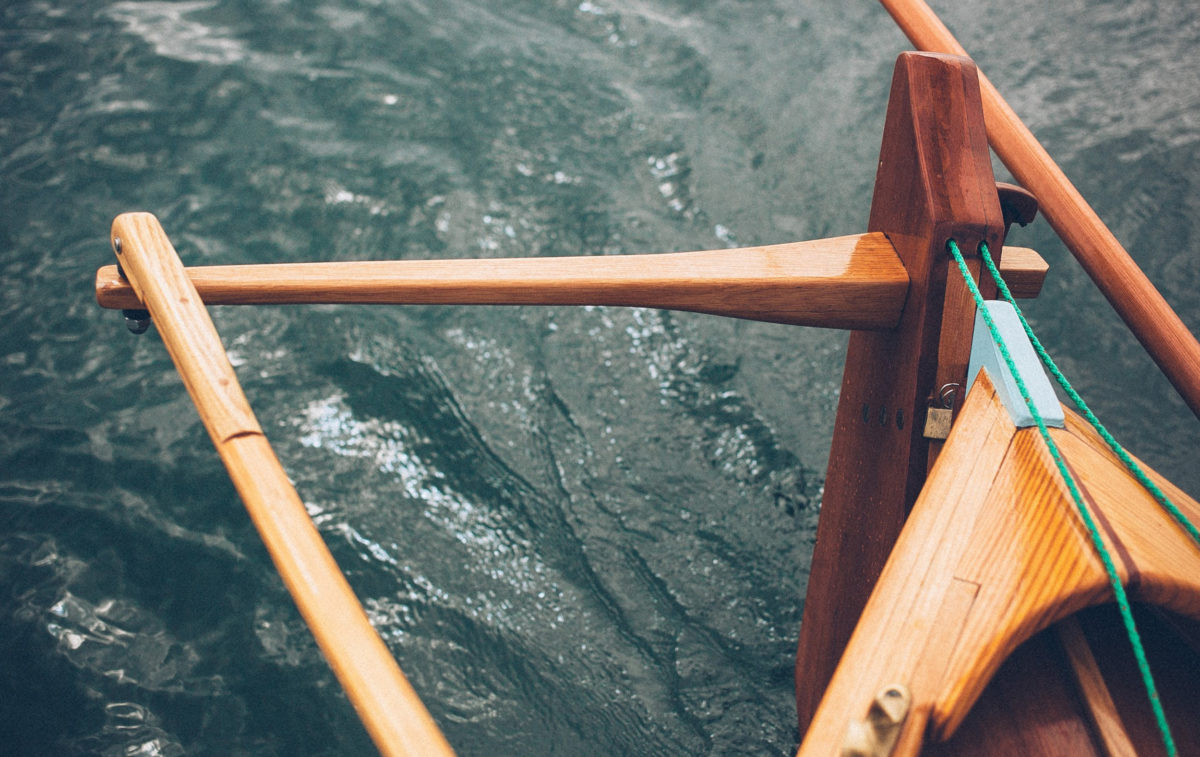
August 2015
User-friendly steering